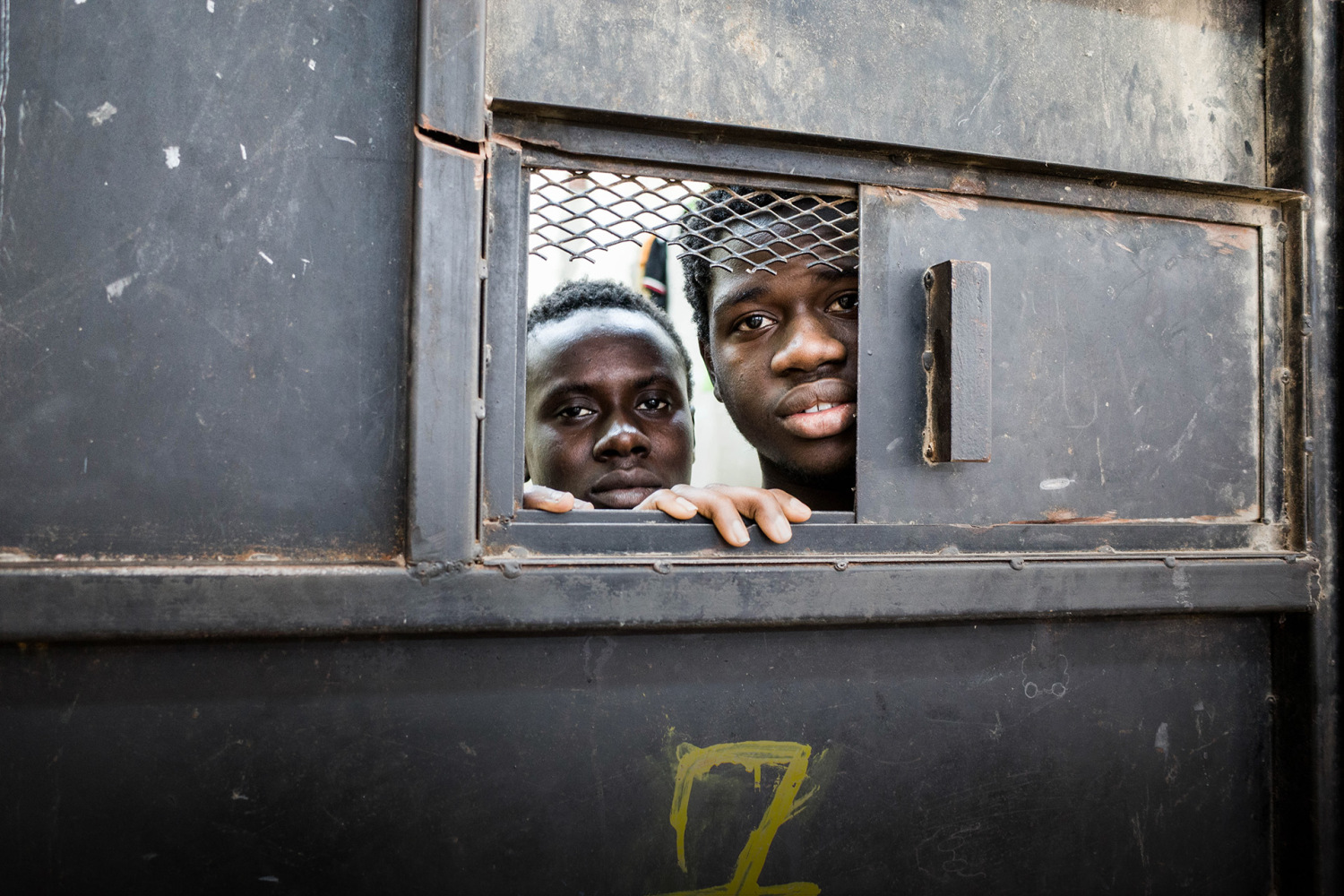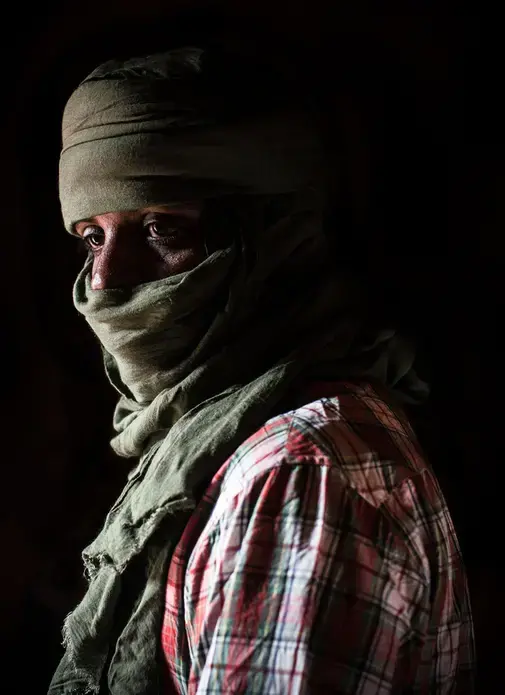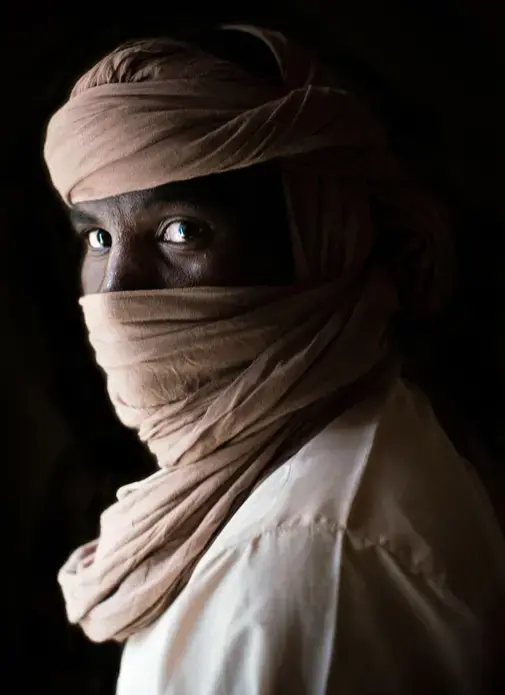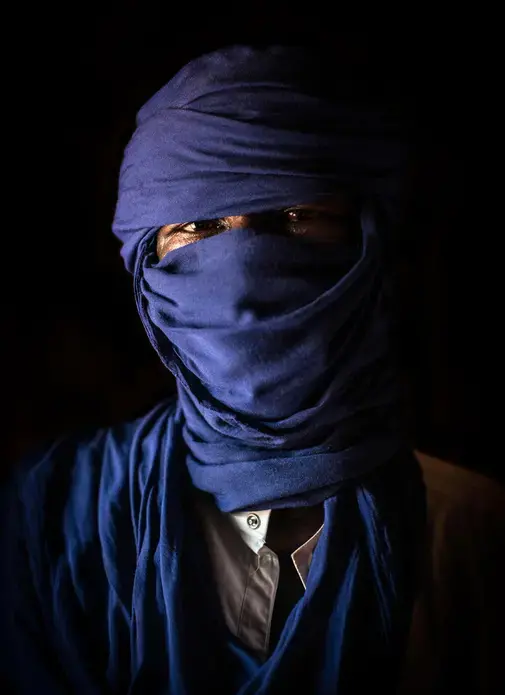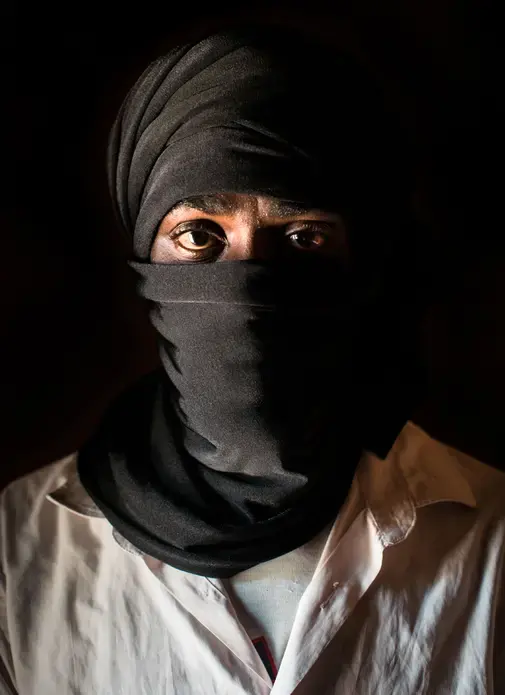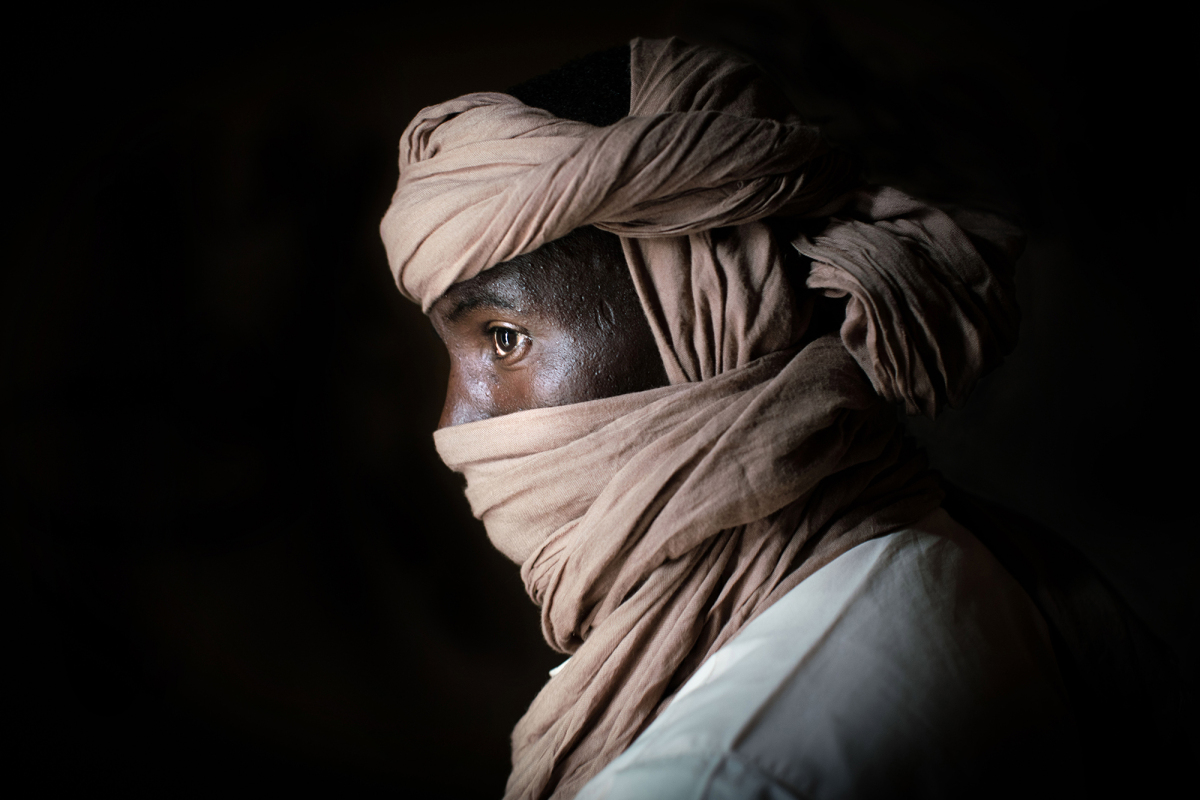
It was already among the most dangerous commutes on Earth. To make the 600-mile journey from Agadez, an ancient Nigerien caravan city that has grown into Africa’s most notorious human-smuggling hub, across the Sahara to Libya was to risk death at the hands of bandits, terrorists, and the elements. Unknown thousands of migrants — and the smugglers who shuttle them — have perished of thirst or exposure in the desert after their trucks broke down or got lost. Then in 2015 the journey became even more perilous. “The army started hunting us,” says Adji, who at 32 had been ferrying migrants to Libya for nearly 15 years. “They are even shooting at our trucks.”
The EU-funded crackdown on Niger’s smuggling industry didn’t stop the flow of Libya-bound migrants. But it did force drivers like Adji to take new and more dangerous routes across the Sahara. “The distance is now twice what it was before and so are the risks,” says Adji, whose truck was hijacked by bandits as he traveled along a new route in 2016. He barely survived, walking for miles in the desert before stumbling across another migrant caravan. For the sake of his wife and children, Adji says he has left the trade, but those who are still willing to make the trip can expect profits even bigger than before. The cost of crossing to Libya has skyrocketed, he says, and for the right price there will always be someone willing to go.
Ali, left, had made the perilous trip to Libya more than 100 times. But after Niger’s government struck a deal with the European Union to crack down on human smuggling, he began taking longer and more dangerous routes across the desert. A few months later, he crashed into a gully at night, upending the vehicle and killing two of the 25 Nigerian migrants on board. Adji, right and at the top of this page, used to make his living driving migrants across the Sahara to Libya before the EU-funded crackdown on human smuggling made it too risky.
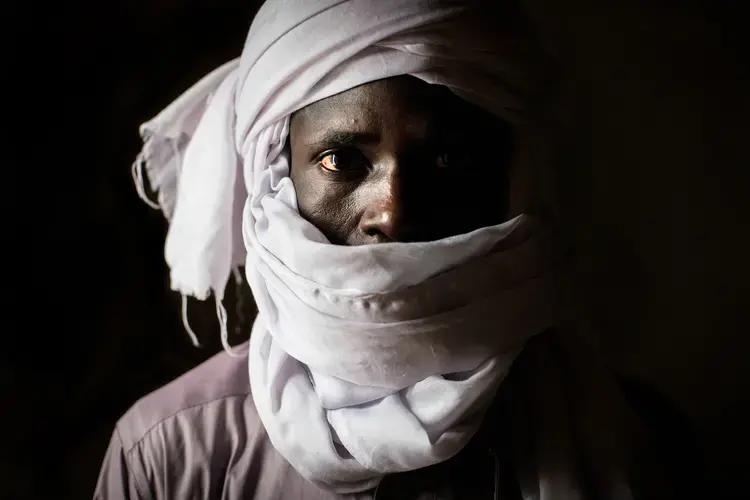
Nine months ago, Kader was driving a truck full of migrants to Libya when he came across a military checkpoint. He fled into the desert to avoid arrest, leaving the migrants and his vehicle.
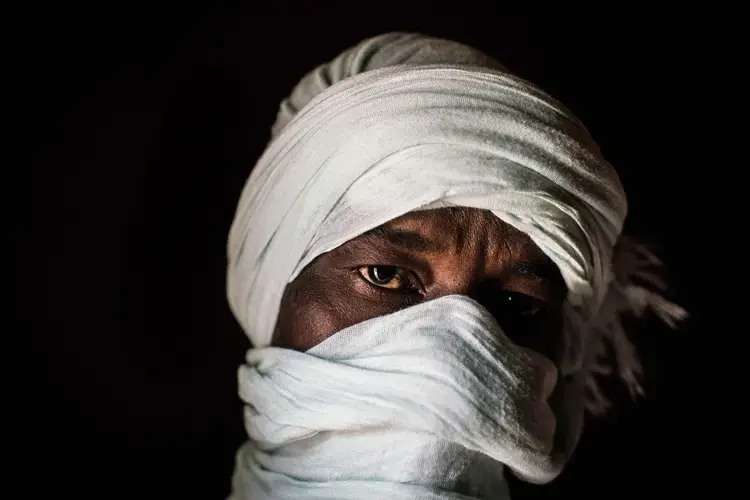
Eighteen months ago, Mohamed was moving more than 300 migrants a week through his ghetto for a profit of about $10,000 to $13,000. But then the crackdown happened, and he was forced to take his business underground.
A former coxeur, Garba, left, was arrested last year as he loaded 49 migrants into trucks. He spent more than nine months in prison. Omar, right, used to drive migrants from Agadez to Libya at least twice a month but says fewer migrants are coming now and it takes longer and longer to fill a car with enough people to warrant making the increasingly dangerous journey.
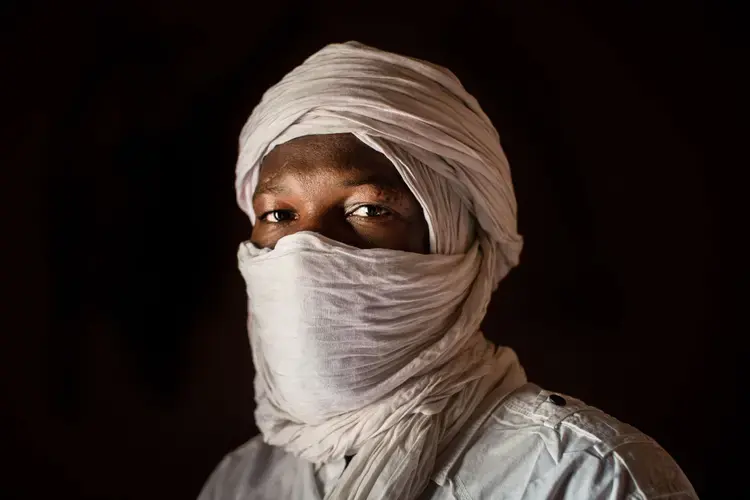
Moussa was a driver for migrants traveling to Libya. After Nigerien authorities began cracking down on smugglers, he applied to an EU-funded program designed to help former smugglers transition to new careers but says he has yet to receive any financial support.


